
MEP Martin Hojsík wants more ambitious EU methane regulation
The new methane regulation in the EU will be a leap forward. However, according to Martin Hojsík, a Member of the European Parliament (MEP) specialising in methane emissions, several outstanding issues remain in the proposal.
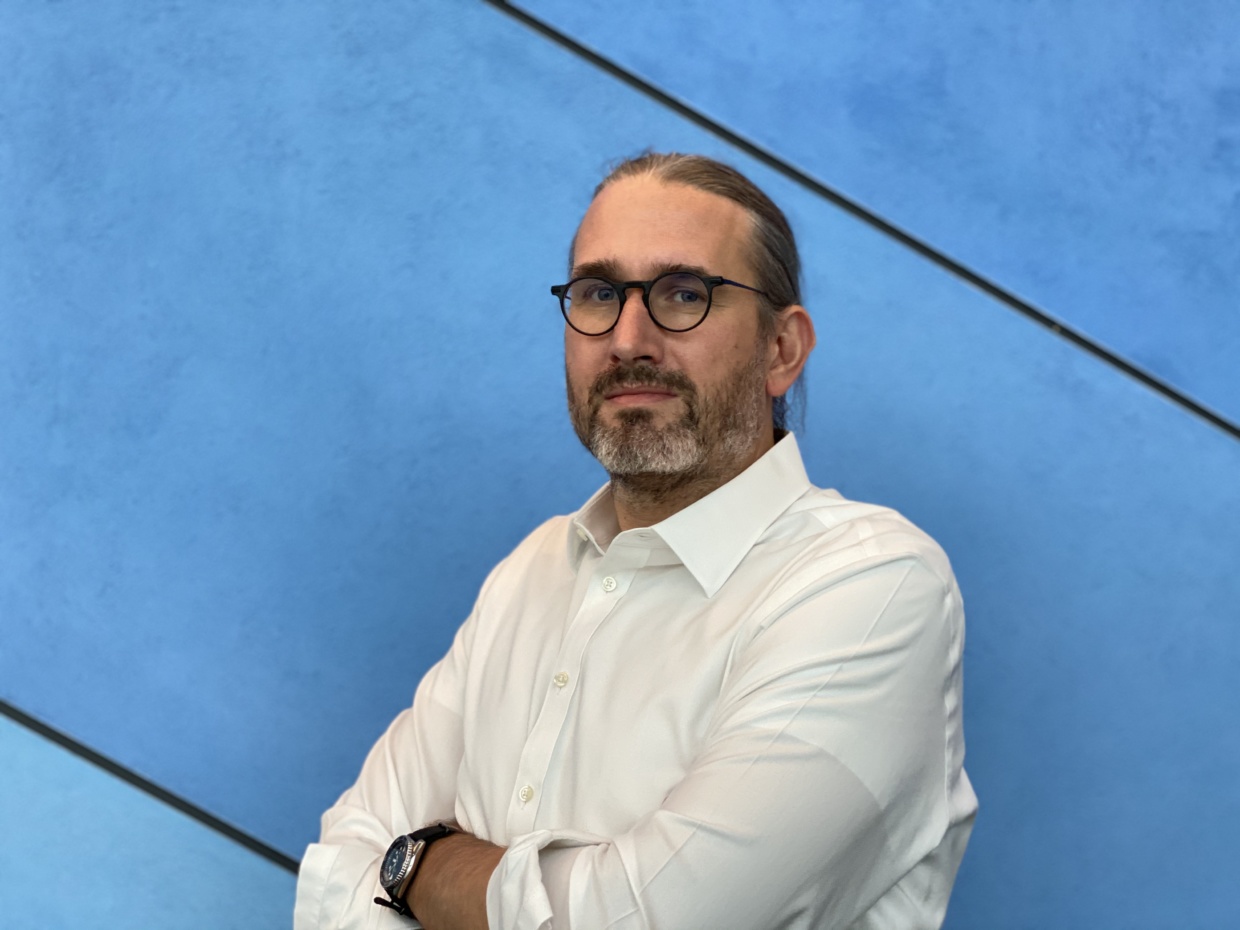
The EU institutions are currently reviewing the European Commission’s proposal for the new methane regulation. It will be the first comprehensive EU legislation setting clear obligations and timelines for monitoring and repairing methane leaks and will also ban routine venting and flaring in the energy sector.
The regulation will be negotiated and adopted by the Council of the EU and the European Parliament (EP). EP committees are expected to vote on the EP report in January 2023, and this will be followed by a vote in plenary establishing the final position of the EP. The EU Member States may move faster in the Council of the EU and agree on their position about the regulation before the EP.
Martin Hojsík is a Slovak MEP. He belongs to Renew Europe, a liberal, pro-European political group. Even though Hojsík welcomes the proposal, he has identified several weaknesses that should be fixed now that the EU institutions are processing the regulation proposal.
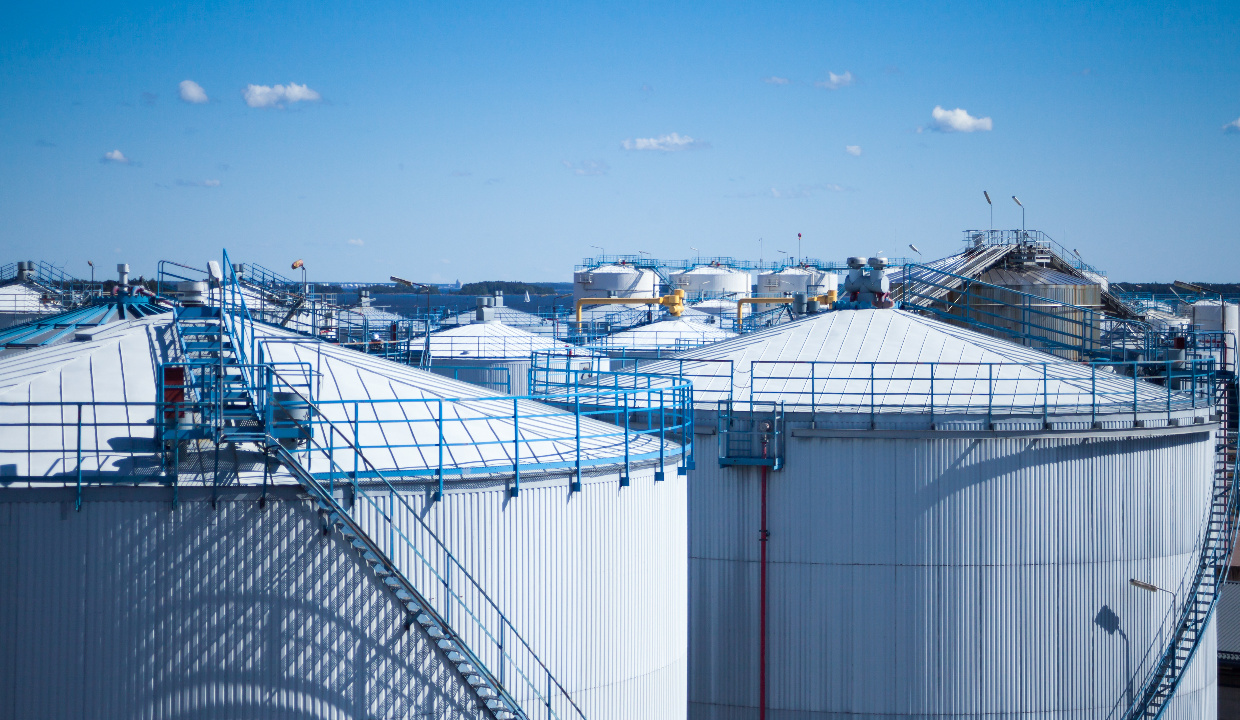
Better coverage outside of the EU
“One of the biggest weaknesses is the geographical coverage”, Hojsík says. The EU imports 70% of its hard coal, 97% of its oil, and 90% of its fossil gas. According to the European Commission, 75%–90% of methane emissions associated with EU energy consumption are emitted outside of our borders.
“We therefore need to ensure regulatory equivalency for all the fossil energy consumed in the EU”, Hojsík continues. “Transparency provisions for imports are a good step forward but not sufficient to ensure mitigation of methane emissions throughout the supply chain. We cannot ignore and leave most of the methane emissions related to EU consumption unaddressed.”
Say yes to the best, most sensitive and most precise technologies
Hojsík is also concerned about how up-to-date the regulation is.“We have to make sure that the regulation will be flexible enough to quickly adapt and capitalise on the upcoming innovative technologies expected to deliver environmental benefits and cost reduction by allowing deployment of the best, most sensitive and precise technologies to be used.”
The technology for emission monitoring has been developed quickly in the last few years.
“The Commission proposal setting 500 parts per million (ppm) as a threshold would lead to the use of obsolete technologies”, Hojsík claims.
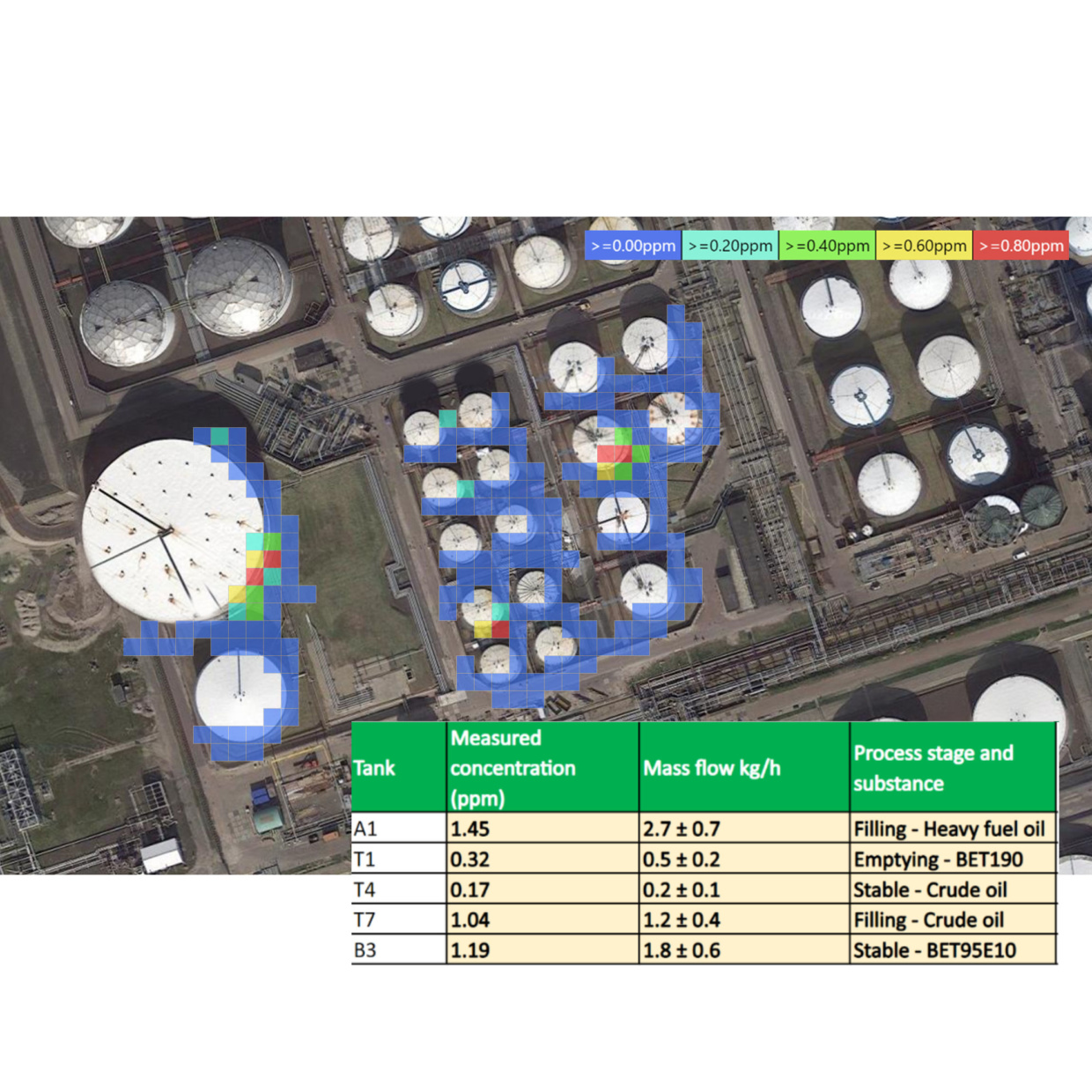
Faster implementation
“Last but not least, another weakness is the slow timeline for using the best standard of monitoring and reporting that lags behind the OGMP 2.0., to which many European companies already subscribed. The timeline needs to be brought forward.”
The EU has pledged to become a leader in global climate action.
“Therefore, we need strong provisions to meet the EU’s commitments under the Global Methane Pledge or to go further”, Hojsík urges
Rapid repair
Hojsík is following the methane legislation closely. Renew Europe has designated him the shadow rapporteur in the Committee on Industry, Research and Energy (ITRE) and the Committee on Environment, Public Health and Food Safety (ENVI) for the Regulation on methane emissions reduction in the energy sector. A shadow rapporteur is an MEP who monitors a dossier or EP report on behalf of a political group other than that of the rapporteur. Hojsík has a clear vision for the development of the proposal.
“The use of level 5 measurement and reporting should apply according to the OGMP 2.0, which foresees level 5 to be achieved around 2023 for operated assets and around 2025 for non-operated assets. The current energy crisis and long-term climate crisis require us to limit gas leakages quickly.”
“Furthermore, we should ensure that all leaking components are repaired or replaced as soon as possible. There should be only limited exemptions from taking immediate action; for example, when the components are unavailable, or in case of serious risk to the safety of personnel or other humans in proximity to the detected leak.”
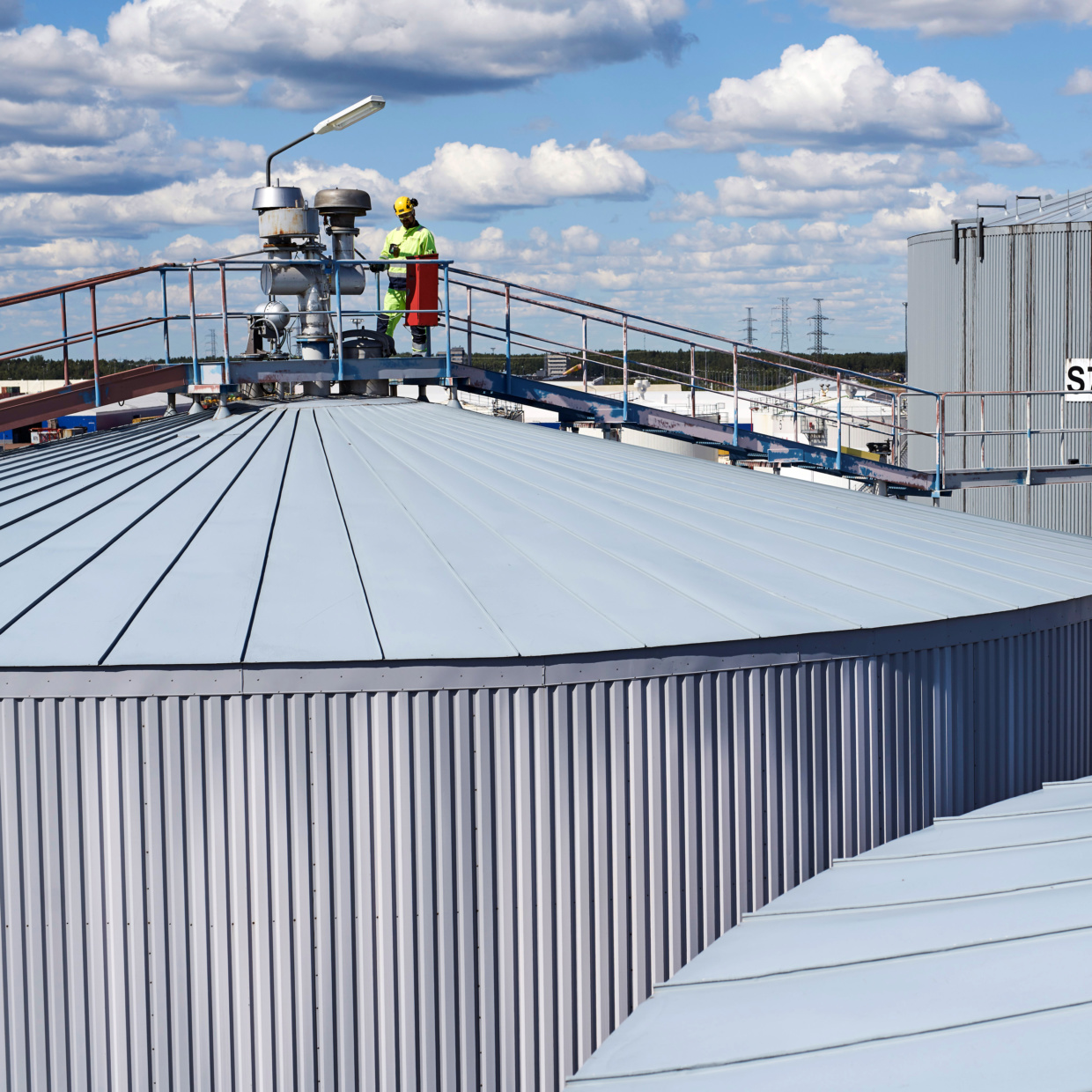
Fixing leaking pipelines saves money
Hojsík also points out that it makes economic sense for companies to limit the leaks, particularly given the current high gas prices.
“Methane has commercial value: the additional methane captured can often be monetised directly. Even the International Energy Agency (IEA) confirms that emissions reductions could result in economic savings or be carried out at low cost”, he underlines.
Even though several business groups are calling for more flexibility in the timelines for leak detection and repair (LDAR) and requesting higher thresholds for leak detection, Hojsík recognises several groups heading in the opposite direction.
“There are business groups realising all the opportunities in saving gas and in incentivising technological development in Europe.”
Comment by Maria Kuosa, CEO of Aeromon
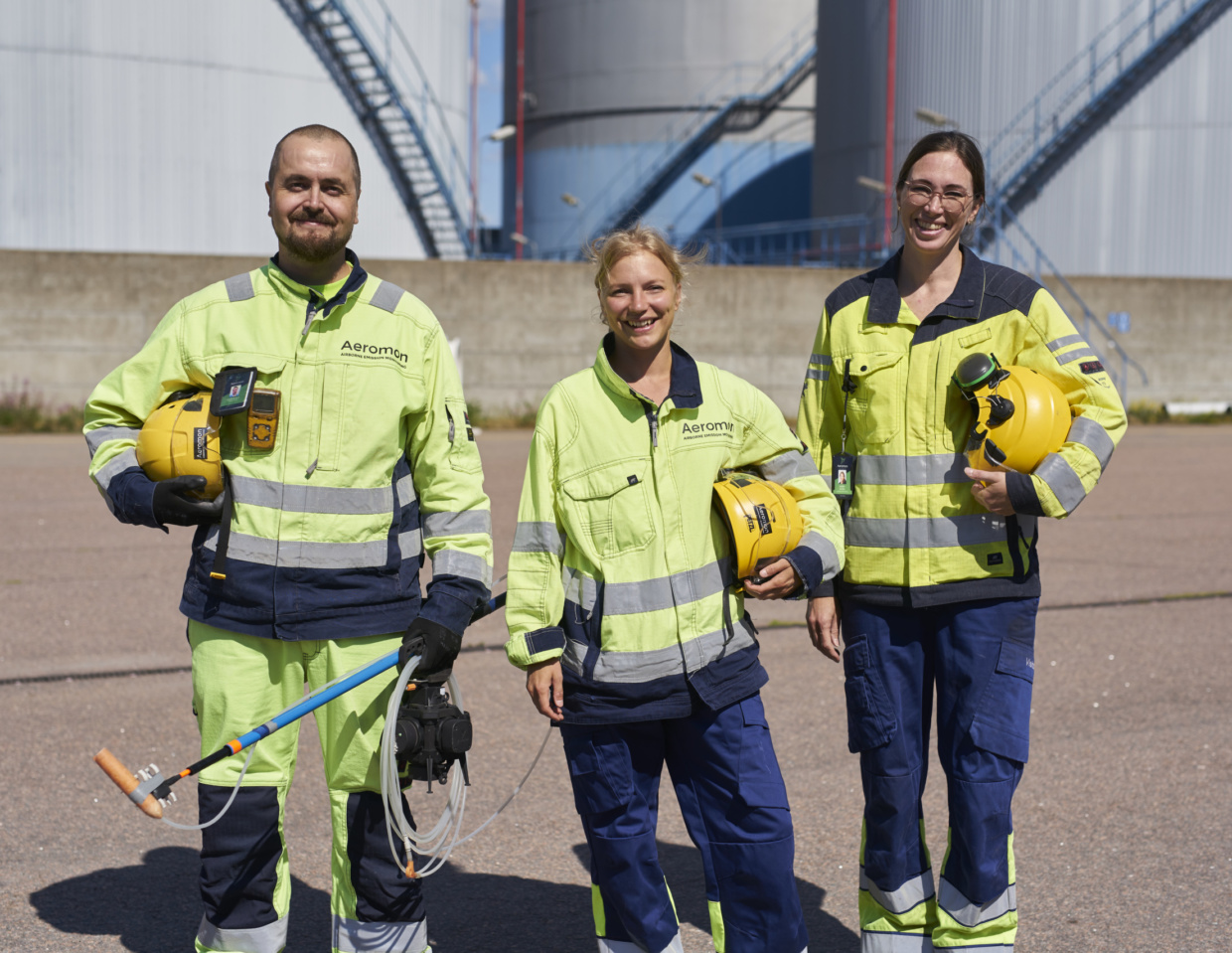
The European Union is working towards the important goal of significantly reducing its methane emissions. According to the report of the Intergovernmental Panel on Climate Change (IPCC), as a greenhouse gas, methane is 82.5 times more potent than carbon dioxide over a 20-year time frame. It is responsible for 25% of global warming. Identifying, quantifying, and minimising sources of methane emissions across the energy industry is crucial to meet the EU’s climate neutrality objective by 2050.
However, several outstanding issues remain in the new EU methane regulation proposal. They should be fixed now that the European Parliament and the Council of the EU are working to pass the urgently needed new legislation.
The EU needs to use the best available technologies to minimise unintended emissions. The Commission has based the proposal on technological limitations that do not exist anymore. The technology for methane detection has developed quickly in the last few years, making better devices and methods available. Major industrial players have tested and applied new solutions, and thus they are proven.
In the current proposal, leaks above 500 parts per million (ppm) must be fixed on short notice. However, it is crucial that the regulation contains a requirement to repair all detected leaks in a reasonable timeframe. The Commission assumes that an optical gas imaging (OGI) camera can only view leaks at 500 ppm with desired reliability. While OGI is a valuable and a helpful technology, modern sniffing technology already detects significantly smaller leaks at the site level.
It is crucial that the regulation contains a requirement to repair all detected leaks in a reasonable timeframe. Small leaks can quickly become big leaks, but these can be prevented with proper monitoring. The entire industrial site should also be completely measured, even the hard to reach places, and for the top-down or site level measurements, a mass flow should be utilised as a threshold, not concentration values as currently proposed.
The technologies for reliable quantification already exist and it is time to use them on a wider scale. The new EU regulation should reflect our improved capabilities.